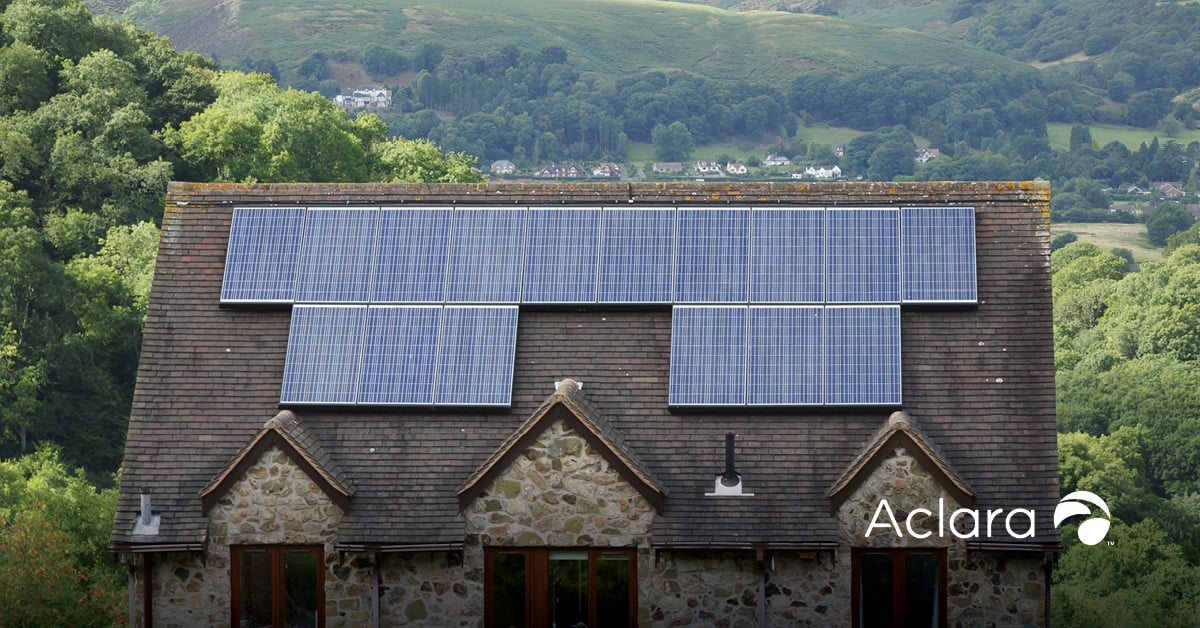The United Kingdom has been focused on deploying smart meters since 2011, when the government issued a mandate requiring energy suppliers to offer the devices to all residential customers and small-scale businesses. Since then, smart meters have been helping UK residents manage their energy more efficiently, reducing carbon emissions nationwide.
In the past 12 years, however, the smart meter has evolved to incorporate new technology. So, what has changed? Among smart meters, is one now smarter than the other?
Discover what's changed:

Basic Smart Meter
- Provides real-time energy usage data to increase consumer awareness
- Increases visibility for network operators, creating an opportunity to better balance supply and demand issues within the grid
- Tracks and incorporates renewable energy resources
These are great features, so what could make one smart meter better than another? The answer: twin-element metering.
Twin-Element Smart Meter
- Offers the functionality of two meters in one advanced device
- Monitors and displays energy consumption data from two different elements, such as electric vehicle charging and general household usage
- Capable of providing usage data for different types of energy, like electric power and gas
The twin-element meter is essentially the two-for-one deal that the UK’s sustainability goals need. By monitoring and tracking different circuits, this powerful meter allows people to better manage their energy usage. Instead of looking at a general readout of energy consumed, the twin-element meter offers users the actionable data they need to create positive change and do their part in building a more sustainable future.
Download our Flexible Applications and Uses for Twin-Element Metering white paper to learn more about how smart meters are changing and why twin-element metering is expected to be so impactful in creating a more sustainable future for all.





